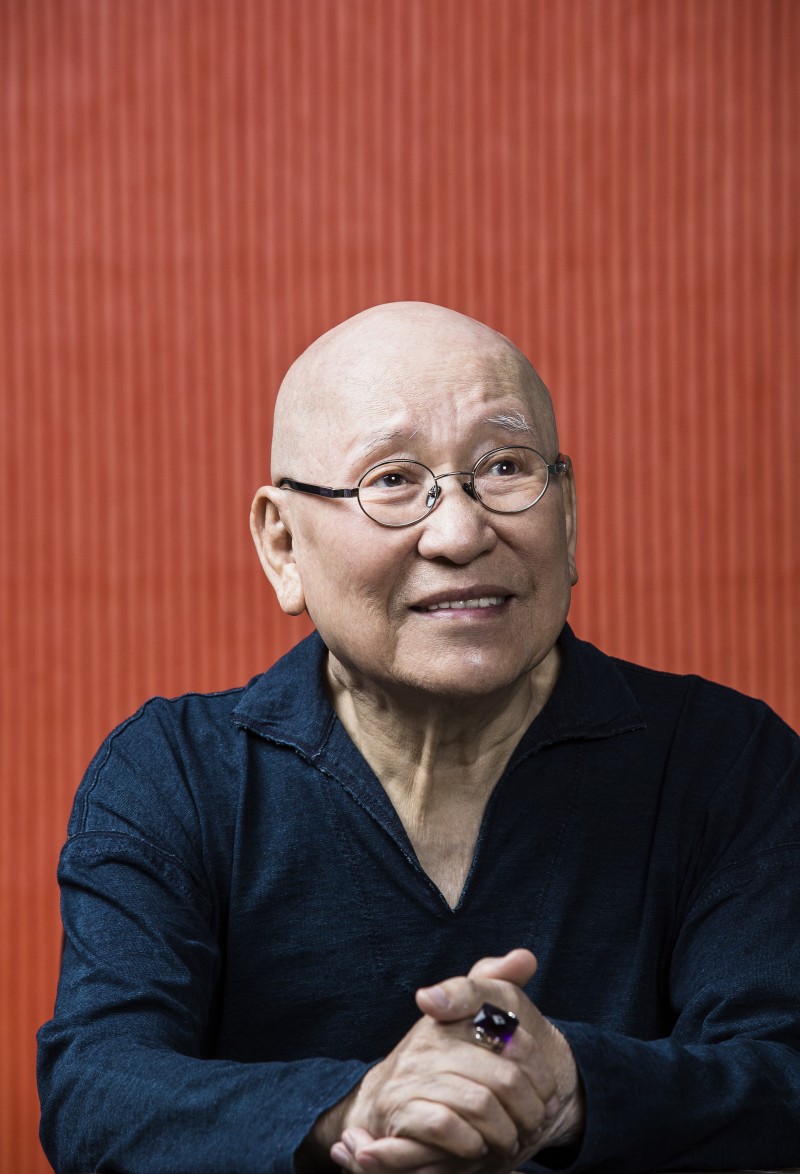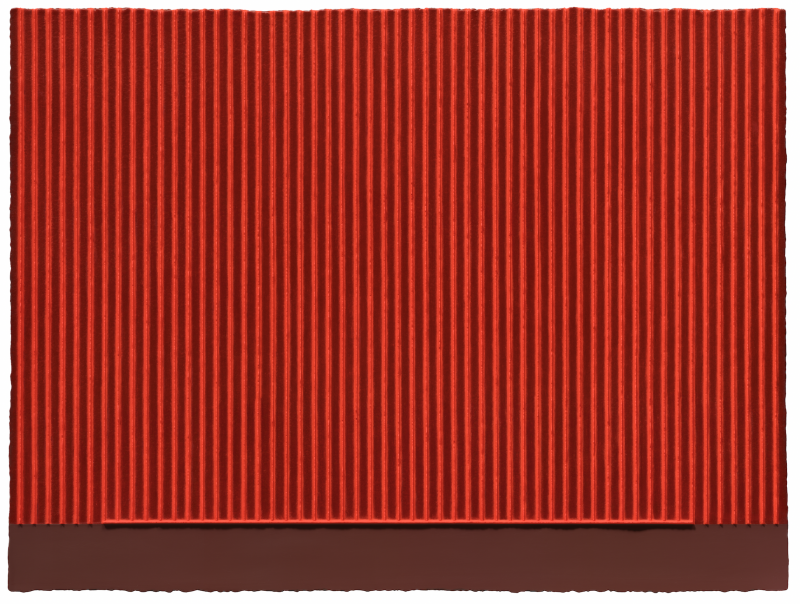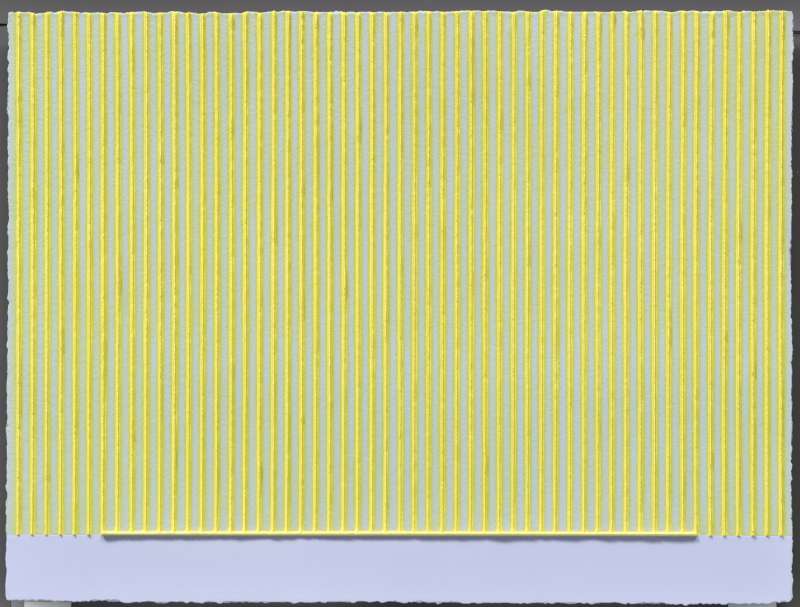Park Seo-Bo
Park Seo-Bo (1931-2023, Korean) is one of the most important and influential artists in modern Korean art history, who is among the first artists to introduce abstraction into the conservative art world of the 1950s. Characterized by simplicity and dynamism, his works evoke a state of deep meditation in the viewer’s mind, a result of the artist’s steadfast commitment to pushing boundaries and embracing new vocabularies of expression for over 60 years of practice. Park’s exploration of materials and the conceptual framework of abstraction have consistently resulted in new and influential bodies of work, most representatively the Écriture series, in which the artist uses hanji (traditional Korean paper) and employs simple but dramatic gestures that allude to a rudimentary language that reflects a uniquely Korean spirituality. One of the forerunners of Dansaekhwa, Park’s works that ceaselessly merge both his inner and outer presence on the canvas are widely acclaimed both in Korea and abroad.
박서보(1931-2023)는 한국의 근대 미술가 중 가장 중요하게 손꼽히는 인물로, 1950년대 당시 한국의 매우 보수적인 예술세계에 추상화를 처음으로 소개한 작가 중 하나였다. 60여 년이 넘는 세월 동안 새로운 표현언어로 예술의 경계를 넓히고자 힘쓴 그의 노력은 그를 한국 근대미술사에서 가장 중요한 미술가 중 한 인물로 만들기에 충분한 것이었다. 박서보의 재료적인 탐구와 그가 추구하는 추상화의 개념적 틀은 꾸준히 국내외에서 광범위하게 영향력을 발휘하면서 새롭고도 영향력 있는 작품을 만들어냈다. 이러한 그의 독립적인 목소리는 1962년 대학 교수로 재직한 이래 교육자로서 활약한 것과도 관련이 있을 것이다. 박서보는 반복적인 행위를 통해 정신적이며 초월적인 상태를 작품 속에 표현해낸다. 간결함과 단아함이 돋보이는 박서보의 작품은 궁극적으로 명상을 통해 마음을 비워내고 수신을 일깨우는 행위를 지향한다. 한국의 고유한 정신성을 바탕으로 한 대표작품 〈묘법(描法)〉 연작은 꾸준하고 반복적인 행위와 지난한 작품 제작과정의 세밀함을 통해 단색화 운동의 근본적인 행위와 물질이 곧 작업의 일환이 되는 작품세계의 기반을 다진 것으로 평가받는다.





